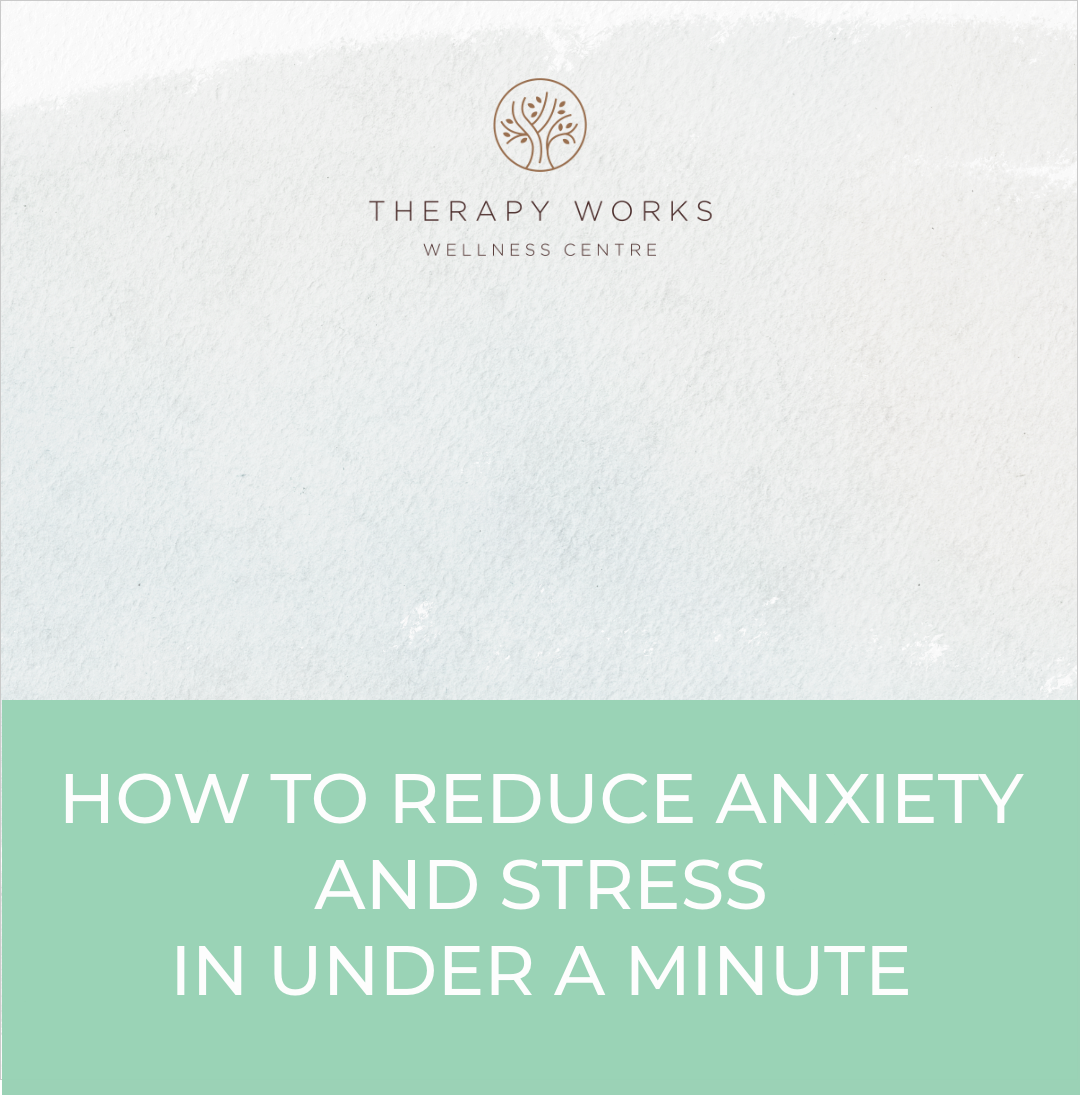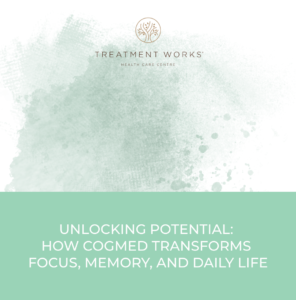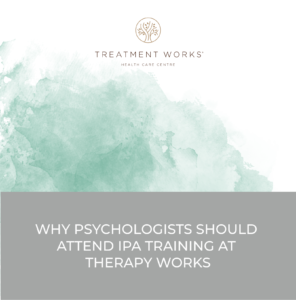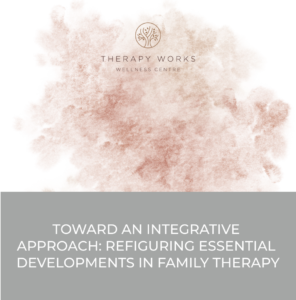Live Your Best Life Now. How to Reduce Anxiety and Stress in Under a Minute.
ARE YOU CONSTANTLY TIRED?
Do you feel like you are in a state of constant tension? Do you feel burned out, stressed, anxious? You know you need to relax, to allow yourself to calm down, to breathe… but how? In this short guide we will show you how by giving you practical things to do that will take you from a state of anxiety and fear to a state of relaxation and rest. Let’s first look at the ‘WHY’…
Did you know that when confronted with a stressful situation, we have two states of response: the “go state” and “the braking state”. In the go state, we are naturally programmed to adopt a threat response: freeze, fight, flight. We are programmed first to survive and then only to thrive. The first condition is our survival instinct kicking in and it can take from 20 minutes to 2 days to exit this “Red Alert” state. It is very draining. We feel fatigued due to continual strain. Our bodies produce the hormone adrenalin to send emergency reserves of much needed supplies of oxygen rich blood and the necessary sugars to all our major muscle groups so we can climb a tree, run away or make our last stand. This results in adrenal fatigue. It leads to burnout.
How do you deal with this? How do you take time out? How do you take time for yourself? How do you take care of yourself? How do you manage stress better? We will share a practical technique to help you to really look after yourself. Move from a state of anxiety and tension to one of relaxation and rest. As you practise this technique, you will find you can move from a state of tension to your nurturing, healing state. And it takes only a couple of minutes to switch gears.
TRY THIS: Find a quiet place and get into a comfortable position. Close your eyes and clear your mind. Let your other thoughts rest for a moment and focus only on your breathing. Place your non dominant hand over your belly button. If you are left-handed, that will be your right hand. If you are right-handed, use your left hand. Now, for a count of two, very gently push out your hand with your tummy. As you do so, feel your lungs filling gently with air. Hold in that position for another two counts, before exhaling gently for a count of four. Now repeat that about five times. If each count is one second, each cycle is about eight seconds: so five cycles will take less than a minute. Feel free to do as many cycles as you need. TAKE YOUR TIME.
HOW AND WHY DOES THIS WORK?
We are programmed socially to hold our tummy in. That constricts the diaphragm and causes us not to use all our lung capacity. This exercise allows your diaphragm to relax, creating a vacuum in your lungs. This draws in more oxygen-rich air, oxygen which is not only necessary for life, but also restorative and helps damaged tissue to repair quicker. This is relaxing, even to the brain, which uses about 20% of the oxygen we consume. There is a further hidden benefit. The vagus nerve (also known as the pneumogastric nerve) is responsible for your involuntary functions – digestion, heart rate, your immune system, coughing, sneezing, swallowing and more. It may also form a link between your gut and brain. This breathing exercise stimulates the vagal nerves signalling the brain to release “happy hormones” that reduce stress and relax you.
• Endorphins to reduce pain
• Melatonin to induce sleep
• Serotonin which is mood enhancing
• Dopamine to reward the body with feelings of pleasure and reward.
This technique employs abdominal breathing. This is different to breathing with our chests (thoracic breathing), the type we normally associate with “taking a deep breath”. To get the most relaxation from a deep breath, we should breathe deeply from the tummy.
There is a very healthy place for thoracic breathing (breathing from the chest), such as when we need to do any form of heightened activity or respond to a physical threat. In other words, when we are in the go state. In this condition, a different set of hormones are released. The brain, recognising real or perceived danger, sends adrenalin (or epinephrine) to make the heart beat faster, to increase blood flow to the brain and muscles. It also stimulates the body to produce more sugars for use as fuel. So if you notice yourself breathing hard, without just having run up the stairs, you may be in the red alert state: freeze, fight, flight. Adrenalin allows us to do remarkable things. If you need to fight or flee, this is an important response mechanism. If the threat you are facing is not a real lion in the tall grass, you may be overloading the body with signals, fuels and a heightened state of action readiness you will not use.
HOW TO APPLY IT IN EVERYDAY LIFE?
Any time you notice stress, give yourself time to relax by adopting this breathing technique. In a state of relaxation you think more clearly. You understand yourself better. You understand what you need better. You listen better, and you communicate more assertively what you need. Allowing yourself to relax induces confidence, and confidence allows you to relax more. As you practice this technique, you will become more attuned to the moments and environment you find most conducive to relaxation. Try extending the counts from 2-2-4 to 3-3-6 and seek to practice for a little longer. The more often and the longer you allow abdominal breathing, the more relaxing and nurturing you will find this self-healing time. By pausing and breathing, you will become more centred, releasing stress and find out what you really need.
Allow yourself time several times a day to do this breathing exercise. Morning, noon and at night just before sleeping. The next time you are confronted with feelings of stress and anxiety, empower yourself to win in life using this simple yet effective technique.
• Recognise the signs and symptoms of stress
• Find a quiet place
• Give yourself the time and the space to embrace the confidence that comes from relaxation
• Lean into yourself
• Listen to yourself
Become your own best friend, then you will find the strength to ask for the help that you need, from those who are best suited to give it. Mostly, give yourself permission to focus on yourself, and to self-heal.




